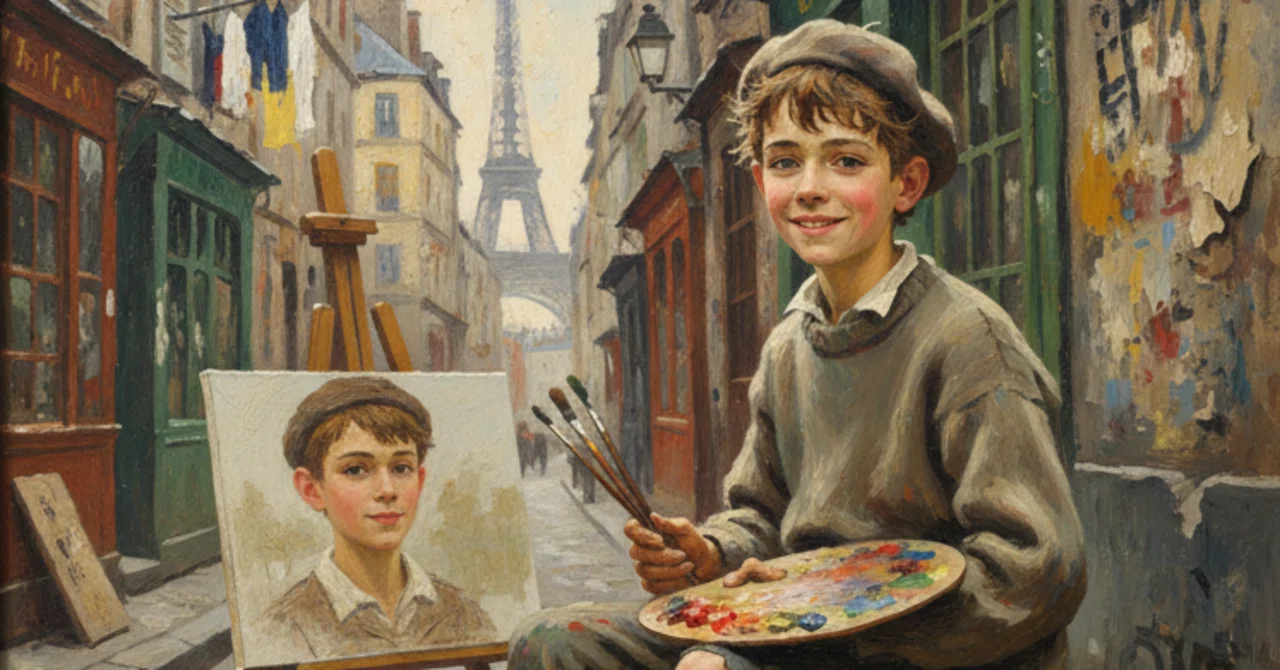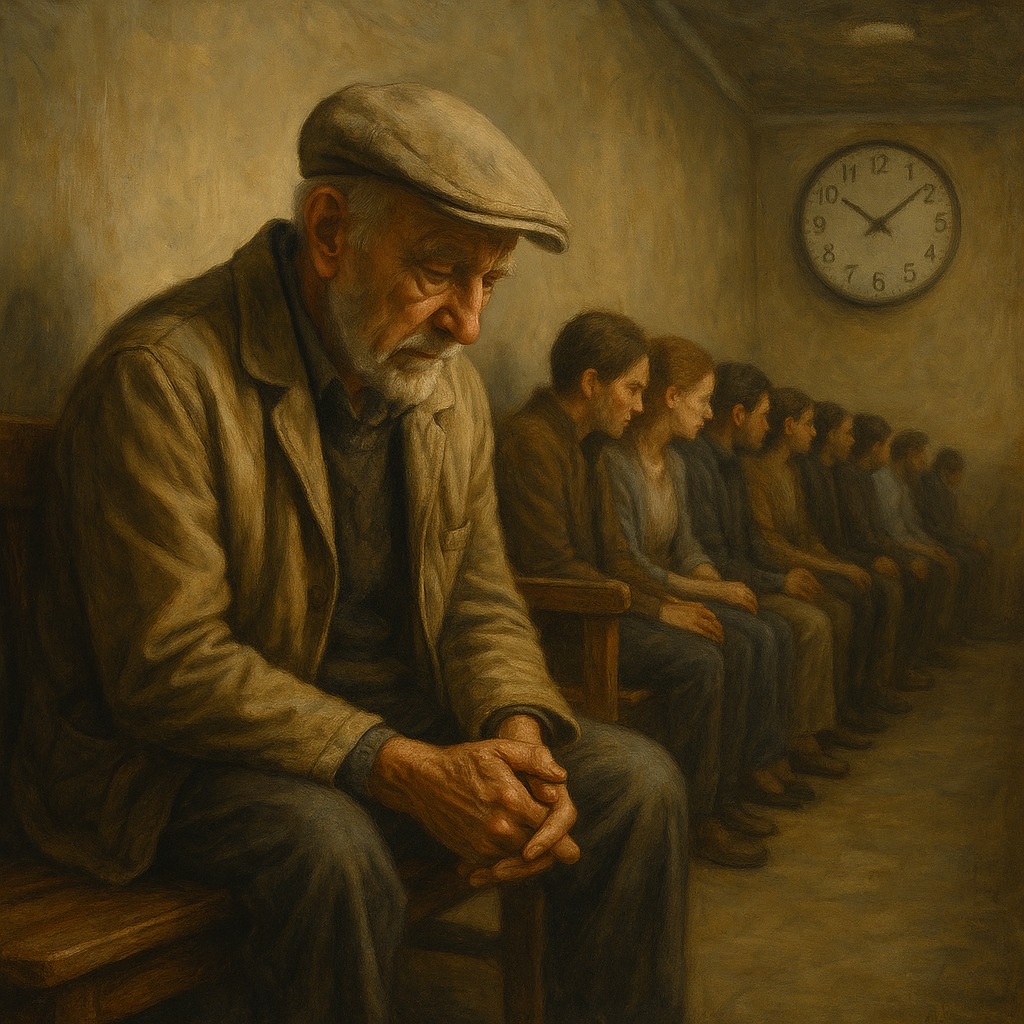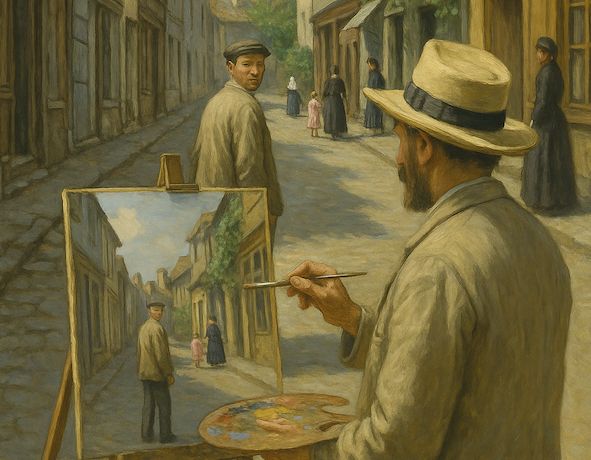🕯️🎨 The Painter Who Refused to Forget 🎨🕯️

In Paris, 1956, down a narrow alleyway in the Marais district, a quiet revolution unfolded on forgotten walls. There, a young Jewish artist named Elias Levi took brush in hand—not to chase beauty or fame, but to etch memory into stone. His murals did not shimmer with Parisian romance; instead, they carried the weight of history.
👁️ On the cracked plaster, he painted children clutching violins, shopfronts shattered by hatred, mothers locking eyes with faceless soldiers. Each stroke was a wound remembered, each color a vow never to erase.

⚖️ Shopkeepers grew uneasy, fearing his work scared away customers. Police issued warnings, threatened fines, urged him to stop. Yet Elias stood firm, his brush steady. “Art,” he told them, “is not meant only to please. It is meant to remember.”
💬 When asked why he filled the city with sorrow instead of joy, Elias spoke gently:
“True happiness is not pretending the shadows never fell. It is knowing we carried light through them—and survived.”

🌌 Years later, when Elias passed away, the alley became a sanctuary. Neighbors lit candles beneath his murals, voices rising in song that carried through the night. His art still breathes on those walls today—not just as paintings, but as proof that survival is itself a masterpiece.
❤️✡️ Elias did not paint to be remembered. He painted so that memory itself could never be erased. ✡️❤️







